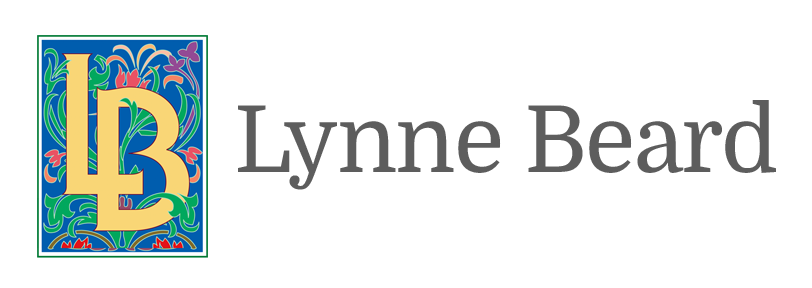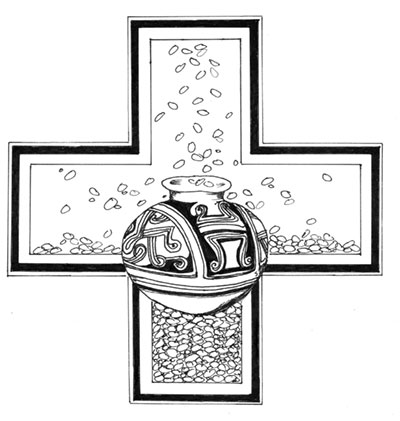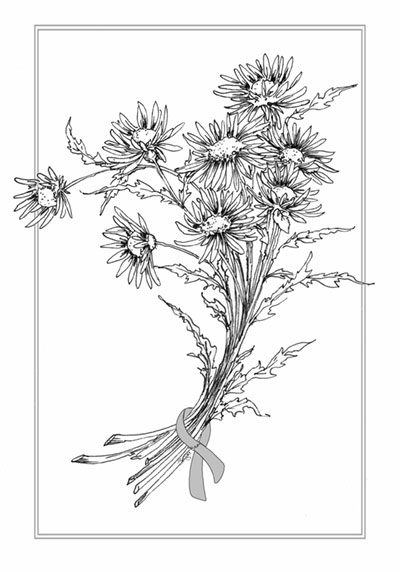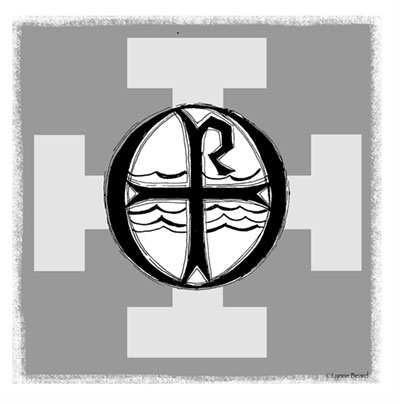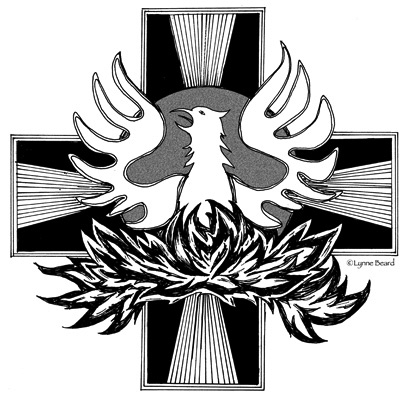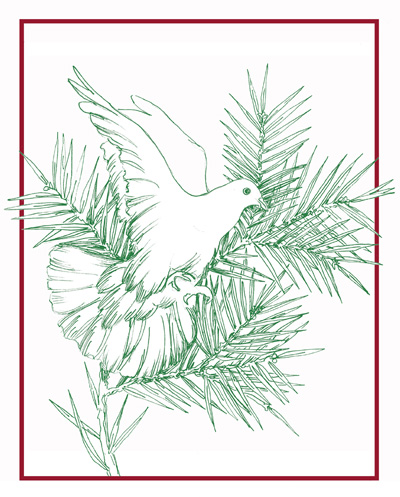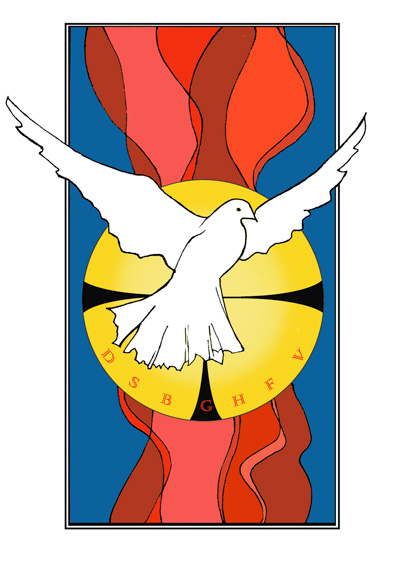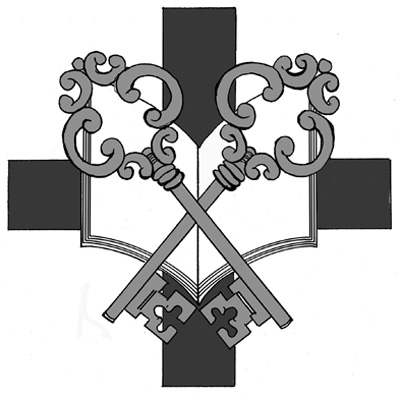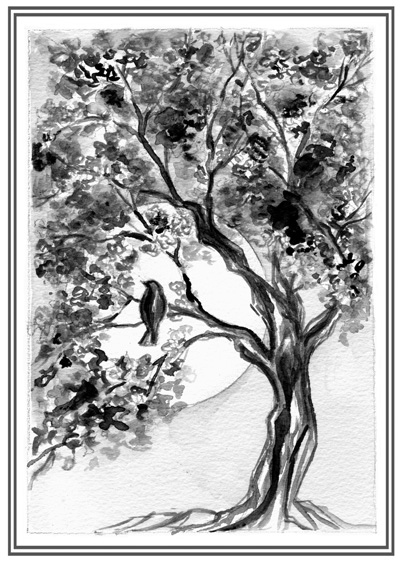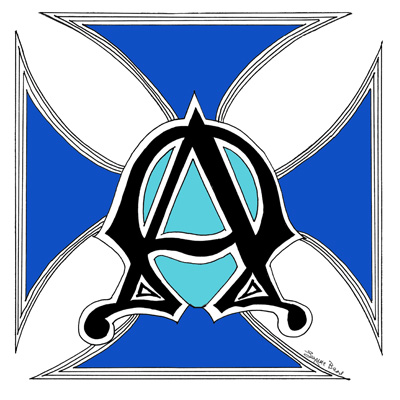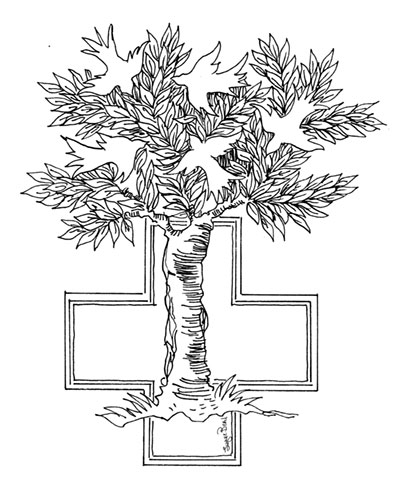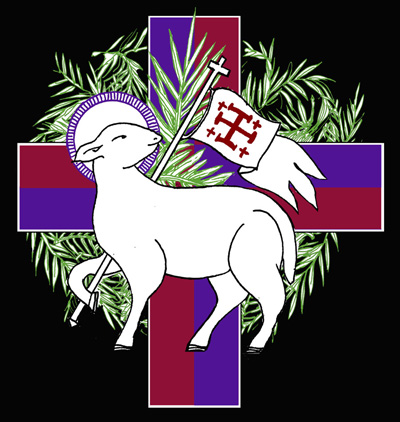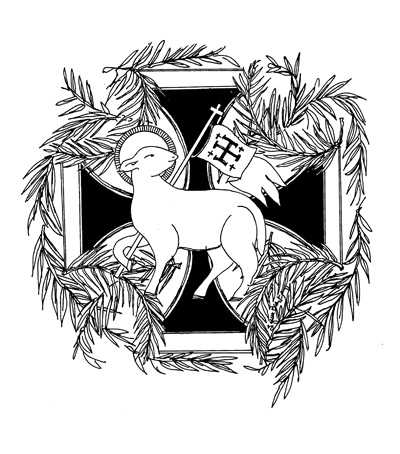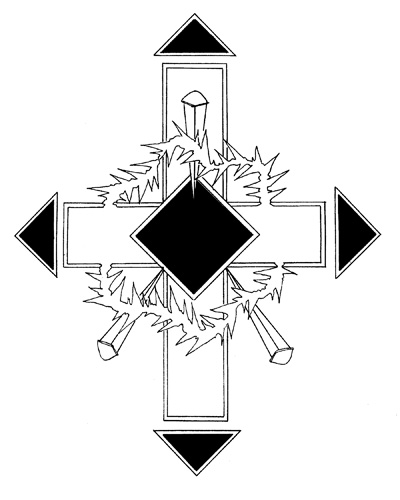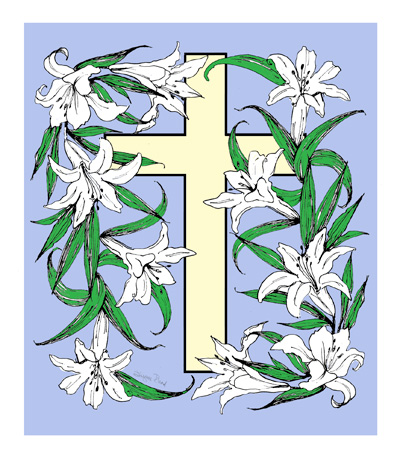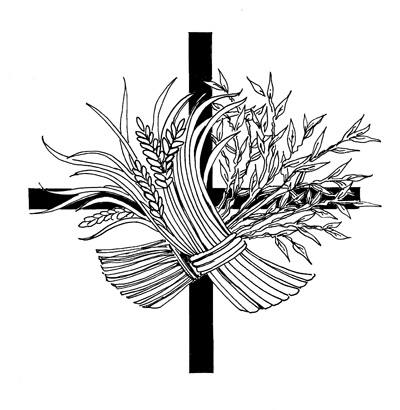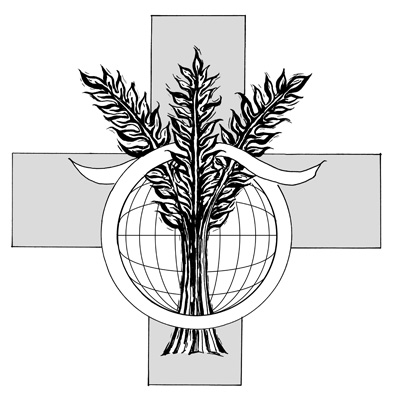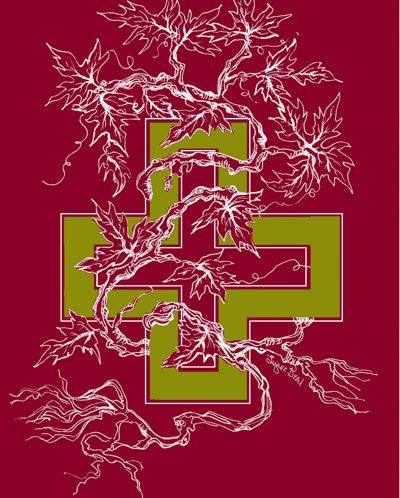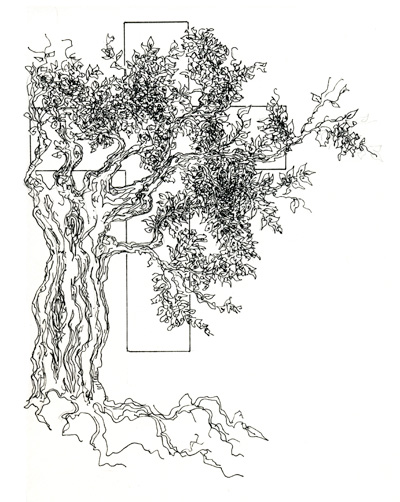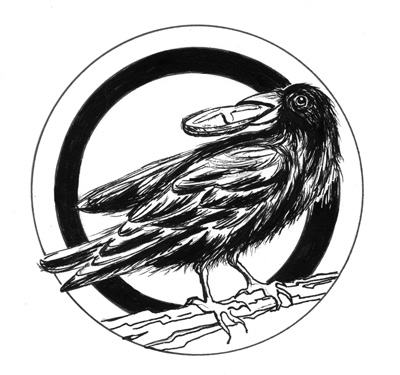Manna
Manna – This design reflects the Old Testament reading which tells of the miraculous falling of manna from heaven which was sent by God to feed the Israelites during their stay in the wilderness. Manna was a mysterious substance and the name is derived from the ancient Hebrew word manhu which means “what is it”. It is described in the Bible as white, seed-like oval flakes which fell during the night covering the ground like frost, and had to be collected by sunrise before it melted in the sun. Manna resembled coriander seeds and was the color of bdellium, a
